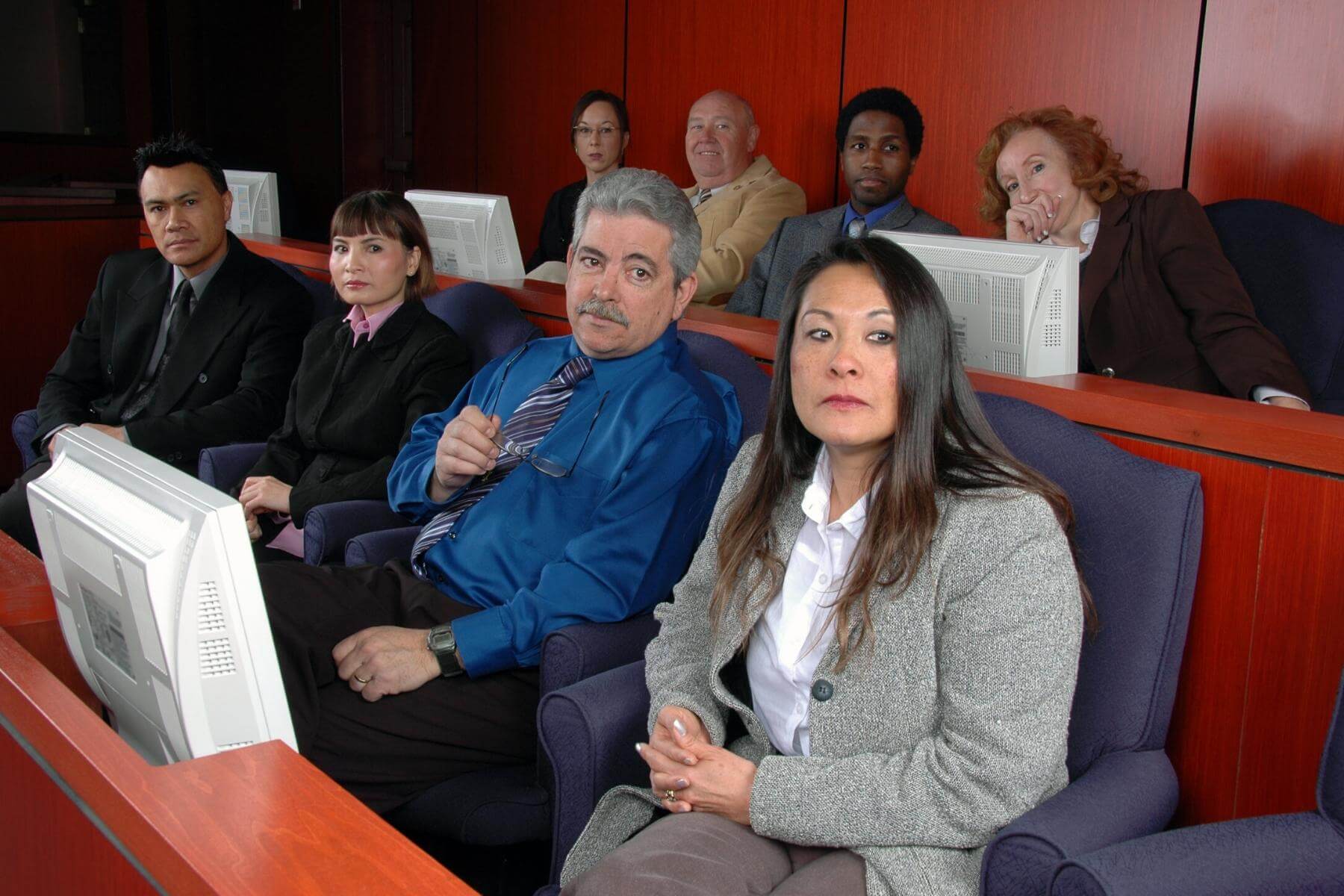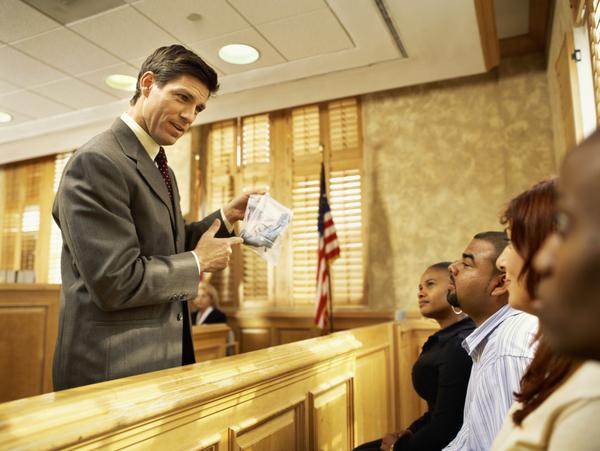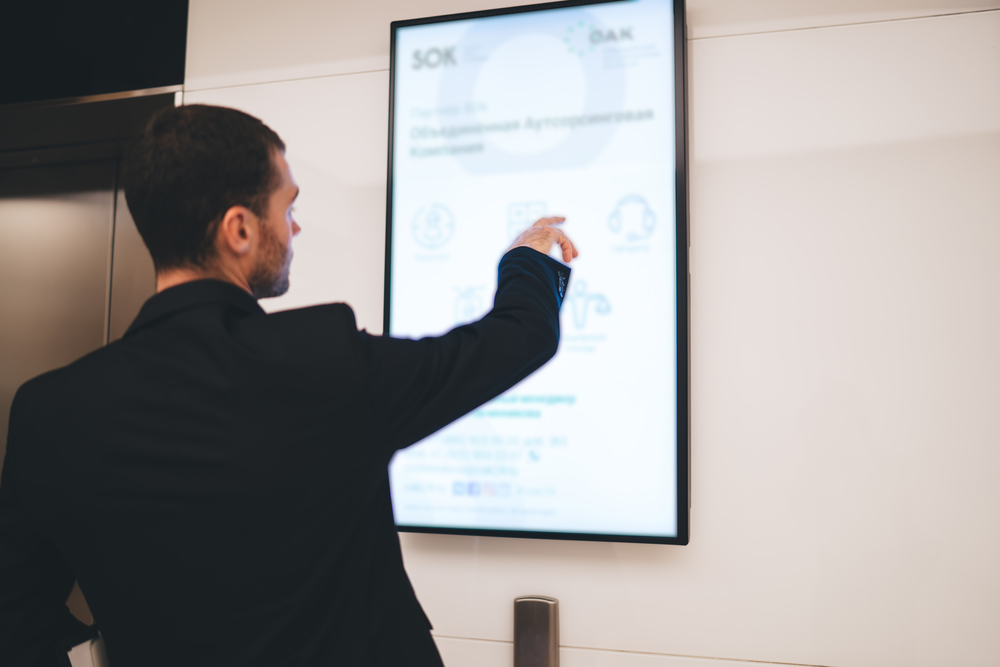Design engaging trial presentations that make complex information accessible.
Design engaging trial presentations that make complex information accessible.
Blog Article
Just How Trial Presentations Enhance Your Debate and Persuade Jurors
Test presentations act as a critical mechanism for boosting legal debates and persuading jurors. By integrating aesthetic aids, narrative frameworks, and psychological involvement, lawyers can produce an engaging case that reverberates on multiple degrees. The strategic use of visuals not just makes clear complex info yet also captures jurors' interest extra efficiently than words alone. The art of storytelling plays an equally vital duty in changing valid proof right into an engaging story, forming jurors' assumptions. Recognizing these components can significantly impact trial outcomes, raising the inquiry of just how each part adds to this detailed dynamic.

Significance of Visual Help
Aesthetic help play a crucial duty in boosting the performance of test presentations, as they can considerably enhance audience engagement and retention of details. In the context of a test, where jurors are charged with processing complex details, aesthetic aids offer to streamline and clear up bottom lines. Graphes, graphs, and images can share data and concepts that might otherwise overwhelm or perplex jurors, permitting a more straightforward understanding of the proof provided.
Moreover, aesthetic aids assist in maintaining juror focus throughout the procedures. By breaking the dullness of verbal testament, these tools can stress important arguments, making them extra unforgettable. Effective aesthetic aids can likewise evoke psychological reactions, which can be crucial in convincing jurors to straighten with the presenter's story.

Crafting Compelling Narratives
An engaging narrative is necessary in test discussions, as it works as the backbone of reliable persuasion. It allows lawyers to weave with each other realities, proof, and emotional aspects right into a coherent story that reverberates with jurors. This narrative framework enables jurors to comprehend the intricacies of the case while directing them via the lawyer's argument.
To craft an engaging story, attorneys must focus on clearness and coherence. Additionally, the use of vivid summaries can develop psychological photos that assist jurors picture the events, making the narrative more memorable.
Moreover, incorporating crucial styles throughout the presentation reinforces the core message and help in retention - trial presentations. The story must not only convey details however likewise evoke a feeling of justice, highlighting the stakes included. Ultimately, a well-constructed narrative cultivates a link between the jurors and the instance, placing the attorney's debate as both reputable and engaging, consequently enhancing the likelihood of a desirable decision

Engaging the Court Emotionally
Efficient court interaction pivots on the attorney's capacity to get in touch with jurors on a psychological degree. This connection can dramatically affect jurors' assumptions and their supreme decision-making. Using psychological appeals enables lawyers to humanize the case, changing abstract lawful concepts into relatable experiences. By offering real-life stories or reviews, lawyers can stimulate empathy and empathy, cultivating a much deeper understanding of the issues at stake.
Visual aids, such as photos or videos, can additionally boost emotional engagement, offering jurors with brilliant you could check here depictions of the instance's human components. Crafting a story that highlights the battles see here now and accomplishments of the people entailed ensures that jurors see beyond the lawful arguments and recognize the human consequences of their choices.
A lawyer's passionate delivery can reverberate with jurors, strengthening their emotional financial investment in the situation. It's important to stabilize emotional appeals with valid evidence, making certain that jurors really feel compelled to act while continuing to be grounded in the fact.
Structuring Your Presentation

The body of the presentation ought to be rationally fractional into essential factors, each sustained by engaging proof. It is advantageous to utilize narration strategies to weave facts into a narrative that jurors can quickly comply with. Aesthetic help, such as graphes and video clips, can boost comprehension and engagement, helping to highlight vital items of proof.
Real-World Instance Studies
Examining real-world instance research studies offers important insights right into the art of trial presentations and persuasion. The protection team effectively used a method that combined top-level professional testimonies with multimedia discussions, which mesmerized jurors and ultimately affected their decision.
An additional significant example is the "McDonald's Coffee Situation," where the plaintiff's lawyers utilized visuals images of the injuries received by Stella Liebeck. trial presentations. This plain aesthetic evidence played a crucial duty in conveying the extent of her burns, resulting in a substantial jury honor. Such cases show that impactful test presentations often depend upon the reliable integration of visuals and narration to evoke emotional feedbacks from jurors
Additionally, the "Casey Anthony Test" highlighted the importance of narrative coherence and credibility. The prosecution's failure to develop an engaging timeline decreased their influential power, underscoring the requirement of a well-structured discussion. Analyzing these situations discloses that effective trial presentations need critical planning, emotional interaction, and the capacity to reverberate with jurors' values and beliefs.
Final Thought
Test discussions considerably boost arguments and convince jurors with the critical usage of visual resource aids, compelling narratives, and psychological involvement. By simplifying complex details and cultivating links with the audience, these aspects create a remarkable and impactful experience. A well-structured presentation balances emotional appeals with accurate proof, inevitably resonating with jurors' worths. The integration of these techniques not only influences decision-making but additionally underscores the significance of reliable communication in the court room.
Report this page